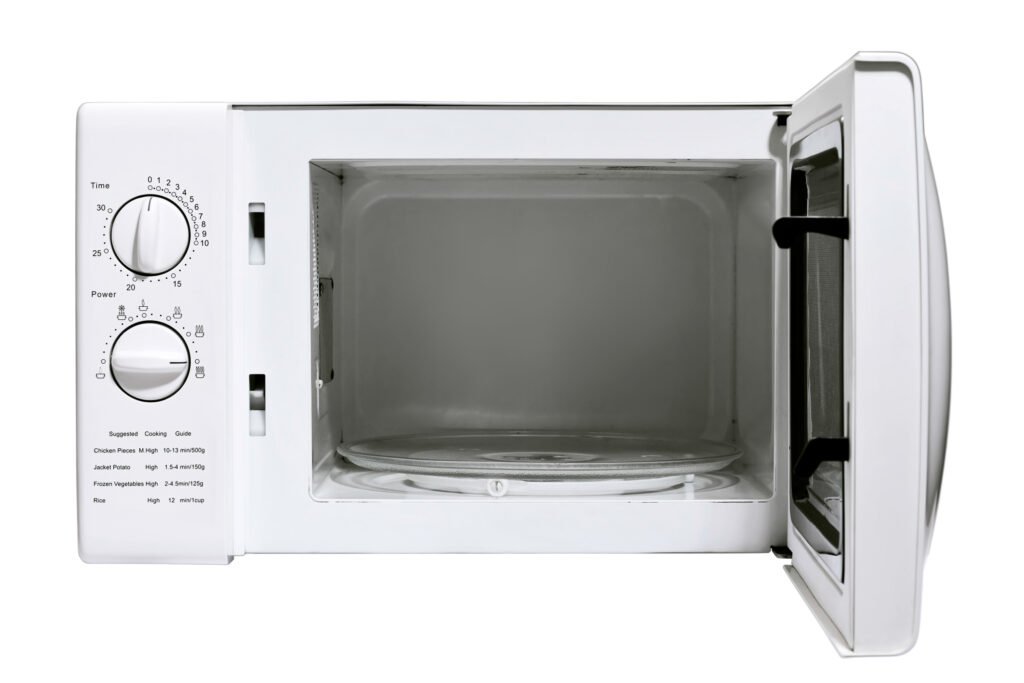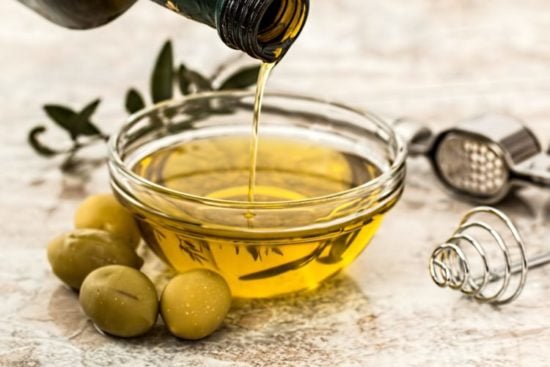Is Microwave Cooking Safe? A Comprehensive Look

Is Microwave Cooking Safe? A Comprehensive Look
Microwave ovens have become a staple in modern kitchens, providing a quick and convenient way to cook and reheat food. However, concerns about their safety and the impact on health often arise. This article explores the safety of microwave cooking, addressing common concerns and providing information based on current scientific understanding.
How Microwaves Work
Microwaves cook food using electromagnetic radiation in the microwave frequency range. This radiation excites water molecules in the food, generating heat through friction. This process heats food quickly and efficiently.
Safety of Microwave Cooking
- Radiation Concerns: Microwaves use non-ionizing radiation, which is different from ionizing radiation (like X-rays). Non-ionizing radiation doesn’t have enough energy to remove tightly bound electrons or damage DNA. Therefore, it is generally considered safe. The radiation stays within the oven due to protective shielding, and as long as the microwave is in good condition, it does not pose a risk.
- Nutrient Retention: Some believe microwaving food may reduce its nutrient content. However, research shows that microwaving can actually preserve nutrients better than some other cooking methods. This is because it cooks food quickly and with less water, which reduces nutrient loss.
- Uneven Heating: One concern with microwave cooking is uneven heating, which can lead to cold spots where bacteria may survive. To mitigate this risk, it is essential to stir food and ensure it reaches a uniform temperature. Using a microwave-safe cover can also help with even heating.
- Plastic Containers: Using inappropriate containers, especially those not labeled as microwave-safe, can be problematic. Some plastics may release harmful chemicals when heated. Always use containers specifically designed for microwave use and avoid those that are cracked or damaged.
- Food Safety: Proper food handling and cooking are crucial in any method, including microwaving. Always use a food thermometer to ensure that food reaches a safe temperature, particularly when reheating leftovers.
- Microwave-Safe Materials: Metal containers should not be used in microwaves as they can cause sparks and fires. Glass and ceramic are typically safe options, provided they are labeled as microwave-safe.
Addressing Common Myths
- Myth: Microwaves cause cancer. There is no scientific evidence to support this. Microwaves do not make food radioactive or harmful.
- Myth: Microwaves kill nutrients in food. As mentioned earlier, microwaving often preserves more nutrients compared to some other cooking methods due to its quick cooking times and reduced use of water.
- Myth: Microwaves emit harmful radiation. Properly maintained microwave ovens are designed to prevent radiation leakage. Regulatory standards ensure that microwaves sold to consumers are safe.
Conclusion
Microwave cooking is generally safe when used according to manufacturer instructions and with appropriate containers. It provides a convenient and efficient way to prepare and reheat food without significant health risks. As with all cooking methods, proper food handling and safety practices are essential to ensure the best outcomes. By following these guidelines, you can enjoy the benefits of microwave cooking while maintaining food safety.
Join the mailing list!
Get the latest articles delivered right to your inbox!








